Varying induction motor speed without a VFD
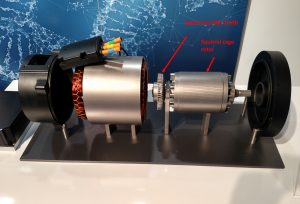
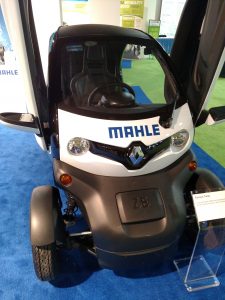 Most induction motors controlled to produce varying speeds do so via a variable-frequency drive. The drive often employs a sensorless scheme involving dynamic measurement of motor current as a way to vary motor speed. In contrast, this induction motor developed by Mahle Industries Inc. uses teeth rotating past a Hall effect sensor to keep track of motor speed. The Mahle engineer we spoke with said the resulting motor controls can be simpler than those that must track dynamic current. This particular induction motor is a 6.6-kW model used to power the Renault Twizy (below), a one or two-seater EV sold in Europe.
Most induction motors controlled to produce varying speeds do so via a variable-frequency drive. The drive often employs a sensorless scheme involving dynamic measurement of motor current as a way to vary motor speed. In contrast, this induction motor developed by Mahle Industries Inc. uses teeth rotating past a Hall effect sensor to keep track of motor speed. The Mahle engineer we spoke with said the resulting motor controls can be simpler than those that must track dynamic current. This particular induction motor is a 6.6-kW model used to power the Renault Twizy (below), a one or two-seater EV sold in Europe.
NEXT PAGE: Automatic shutters that let in wind
Filed Under: Actuators, Hose • wraps + sleeves, Automotive, LINEAR MOTION, ELECTRONICS • ELECTRICAL

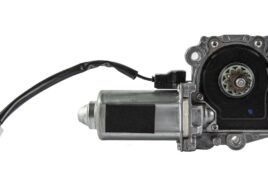
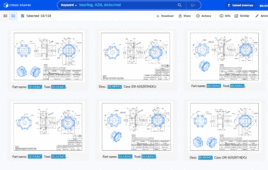

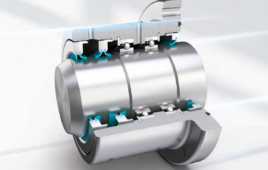
Tell Us What You Think!